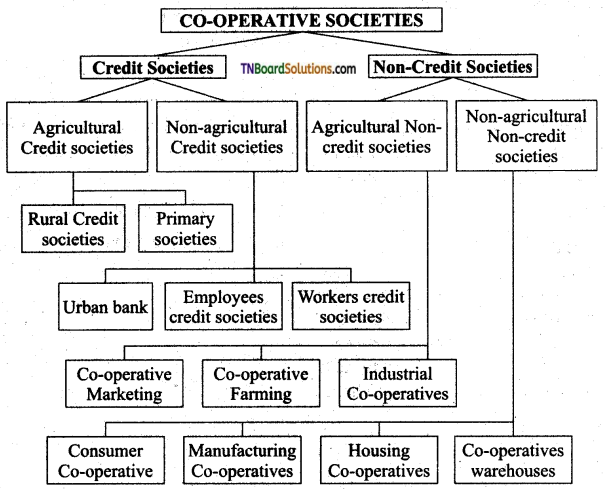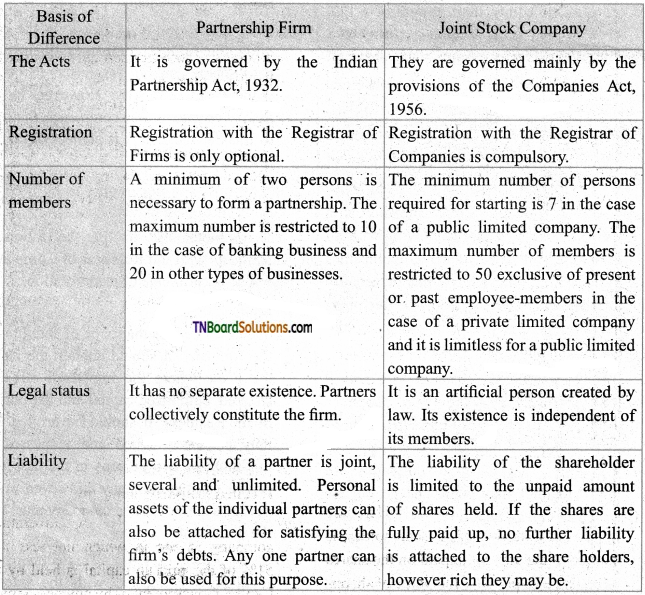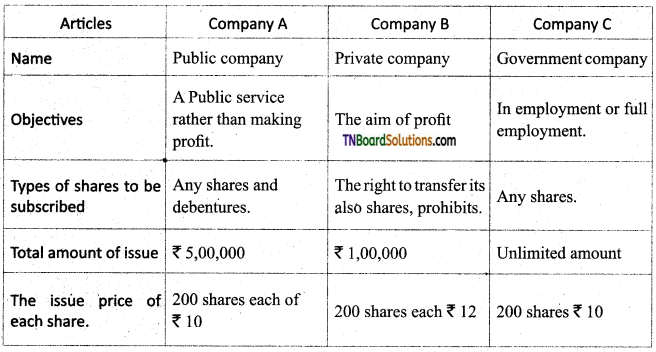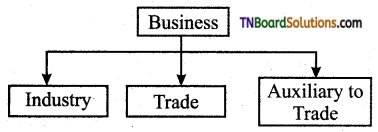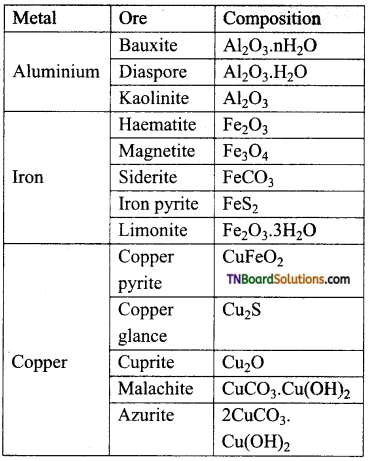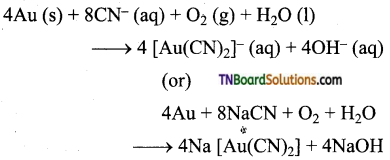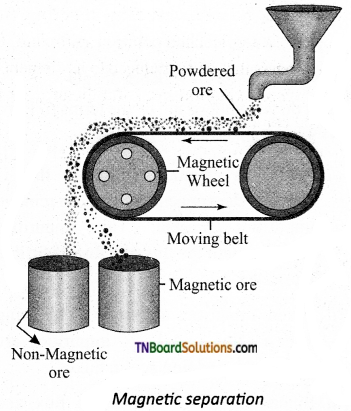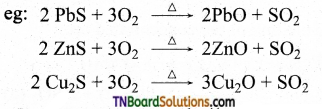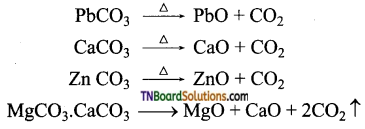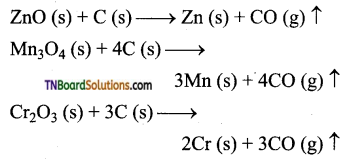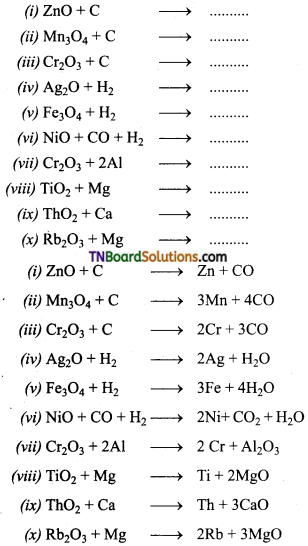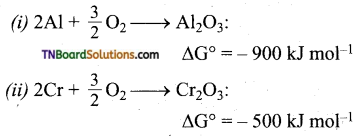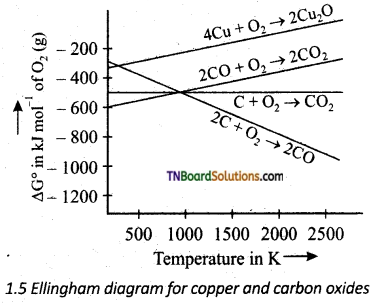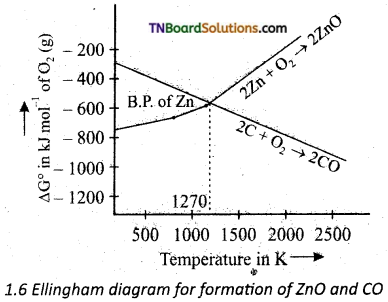Students get through the TN Board 11th Commerce Important Questions Chapter 8 Multi-National Corporations (MNCs) which is useful for their exam preparation.
TN State Board 11th Commerce Important Questions Chapter 8 Multi-National Corporations (MNCs)
Very short answer questions
Question 1.
What are the other names for Multinational companies?
Answer:
A multinational corporation is also known as a transnational corporation namely “Global gaint (or) World enterprises (or) International enterprise.
Question 2.
What is a Multinational Firm?
Answer:
All forms of business organisation that transcend political frontiers may be called as multinational firms.
![]()
Question 3.
What do you mean by MNC?
Answer:
A Multinational company is one whose ownership is accommodated in more than one country products are manufactured and sold in many countries
Question 4.
Explain the merits of MNC?
Answer:
Merits of MNC:
- They increase the investment income and employment in the host country.
- They increase managerial skills.
- They support the domestic enterprise.
- They help in increasing the competition.
- They try to equalize the cost of factors of production.
Question 5.
Explain the demerits of MNC?
Answer:
- They may retard the growth of employment in the home country.
- They may destroy competition and acquire monopoly powers.
- MNC technology is designed for worldwide profit maximization and is not for the development of the needs of poor countries.
- MNC’s avoid taxes by manipulating the transfer pricing.
![]()
Short answer questions
Question 1.
Mention the five criteria to define a company as an MNC?
Answer:
- It operates in many countries at different levels of economic development.
- Multinational manage their local subsidiaries.
- It maintains complete industrial organisation including research and development and manufacturing facilities in several countries.
- It has multinational central management.
- It has multinational stock ownership.
Question 2.
MNC’s are in a position to exercise massive control over an economy substantiate.
Answer:
- MNC’s are characterised by possessing huge financial resources. These huge financial resources give them economic power in the economy they can afford to survive even during losses as well.
- MNC’s possess technological superiorities and are capable of conforming to international standards and quality specifications.
- They make use of aggressive marketing strategies for their products.
- They have an established brand image in the market.
![]()
Question 3.
Global enterprises are giant both in size and operations “substantiate this statement.
Answer:
- It has huge capital resources.
- It involves foreign collaboration,
- It uses advanced technology.
- It leads to product innovation.
- It makes use of marketing strategies.
- It leads to the expansion of market territory.
- It makes uses of centralized control.
Question 4.
Multinational companies have done more harm than good. Explain.
Answer:
- Yes, I agree that multinational companies have done more harm than good. It is clear from the following disadvantages which it is creating for the economy.
- It disregards national priorities.
- It leads to the creation of a monopoly.
- It leads to the depletion of natural resources.
- It leads to technology obsolete.
- It creates a threat to national sovereignty.
Question 5.
Give an example of multinational companies
Answer:
- Unilever limited.
- Union carbide.
- International Business Machines. (IBM).
- Philips.
- Coca-cola corporation.
![]()
Question 6.
What do you understand by multinational companies and explain its features?
Answer:
A multinational company is a company carrying on business in two or more countries. According to Neil H. Jacoby, “A multinational corporation owns and manages business in two or more countries.
Features:
(i) A multinational company is operated in more than one country simultaneously.
(ii) It is generally very large in size.
(iii) Its purpose is to reduce transport costs and to make use of raw materials, labour, capital and the market of foreign countries.
There are 500 to 700 MNCs operating in the world today, Half of them are U.S multinationals. The multinationals based in the USA have the largest share of foreign direct investment (FDI), followed by the U.K, Germany, Japan, Switzerland, France and Canada. In underdeveloped countries, the investment and employment created by the MNCs have been chiefly concentrated in Brazil, Mexico, Hong Kong, the Philippines, Singapore and South Korea. Latin America accounts for about 60% of the MNC employment in developing countries, followed by Asia 30% and Africa 10%. Foreign investment has moved some developing countries which offer political stability and a convenient economic environment, including tax incentives, large markets, cheap labour and easy access to oil and other natural resources.
For Own Thinking
1. Name any 2 Indian Multinational Companies abroad?
Answer:
- Indian MNC abroad.
- Suzuki Marathi Suzuki
- Timex watches.
2. Name any 2 Foreign Companies in India?
Answer:
- Coca-cola corporation.
- International Business Machine.
![]()
For Future Learning
Multinational companies establish themselves in developing countries to enjoy huge profits by selling consumer goods or luxury items. They start a business by offering a wide variety of goods at prices cheaper than local retailers offer. But once they are established they increase prices.
(i) State the values the government of a developing country ignores while allowing MNCs to establish in their country.
Answer:
- MNC’s produce only those things which are used by the rich, poor people do not get any benefits.
- MNC leads to use the natural resources of the host country carelessly.
- MNC’s tend to promote their culture in their home country.
- Many domestic industries have to windup, as a result of the threat from MNC’s.
(ii) What value do the MNCs violate?
Answer:
- Neglect of Industrial and Economic growth of the home country.
- An investment in the home country is not profitable.
- Money value also decreased.
Case Study
Public enterprises are established to achieve the goal of economic and social development of the country. They are managed and controlled by Central or State Governments through ministers or government officials. Many times their poor performance influences the policy formulation and running of the enterprise into a loss. Even the big business houses use their influence and get the policies formulated in their favour. State the role of ministers or government to frame the policies for the success of public enterprises.
Answer:
- Government policies are favourable towards N public enterprise.
- Public and human resources also developed in our country.
- By providing good services to increase profit.
- Government must frame the policies for the success of the public enterprise.
- No-one Can misuse these policies for personal use.
- National income will raise by starting MNC’s in the home country.
![]()
Multiple choice questions
1. Centralised control in MNC’s implies control exercised by:
(a) branches
(b) subsidiaries
(c) headquarters
(d) parliament
Answer:
(c) headquarters
2. Reconstruction of risk public sector units is taken up by:
(a) MOFA
(b) MOU
(c) BIFR
(d) NRF
Answer:
(c) BIFR
3. BIFR stand for:
(a) Bureau of Industrial and Financial Reconstruction
(b) Board of Industrial and Financial Reconstruction
(c) Board of Indian Financial Reconstruction
(d) Board of Industrial and Financial Reformation
Answer:
(b) Board of Industrial and Financial Reconstruction
![]()
4. Multinational companies operate in:
(a) the native countries only
(b) several countries
(c) the Asian countries only
(d) the European countries only
Answer:
(b) several countries
5. Philips is an example of:
(a) joint-stock company
(b) partnership company
(c) sole trading institution
(d) multinational company
Answer:
(d) multinational company
6. Latin America accounts for MNC employment in developing countries:
(a) 10%
(b) 50%
(c) 30%
(d) 60%
Answer:
(d) 60%
7. A multinational company is also known as:
(a) global giant
(b) partnership
(c) co-operative society
(d) public Corporation
Answer:
(a) global giant
8. Pepsi corporation company is an example of:
(a) MNC
(b) government company
(c) join venture
(d) public company
Answer:
(a) MNC
![]()
9. Government policy is also favourable towards:
(a) Public corporation
(b) Multinational company
(c) Joint Hindu family
(d) Partnership
Answer:
(b) Multinational company
10. Operates in many countries at different levels of economic development and has i multinational central management:
(a) MNC
(b) Import
(c) Export
(d) Entrepot
Answer:
(a) MNC
11. The multinational firms based in …….. have the largest share of Foreign direct investment.
(a) Germany
(b) Japan
(c) Unite States of America
(d) the United Kingdom
Answer:
(c) Unite States of America
![]()
12. Coca Cola corporation it is an:
(a) American company
(b) African company
(c) German company
(d) Indian company
Answer:
(a) American company
